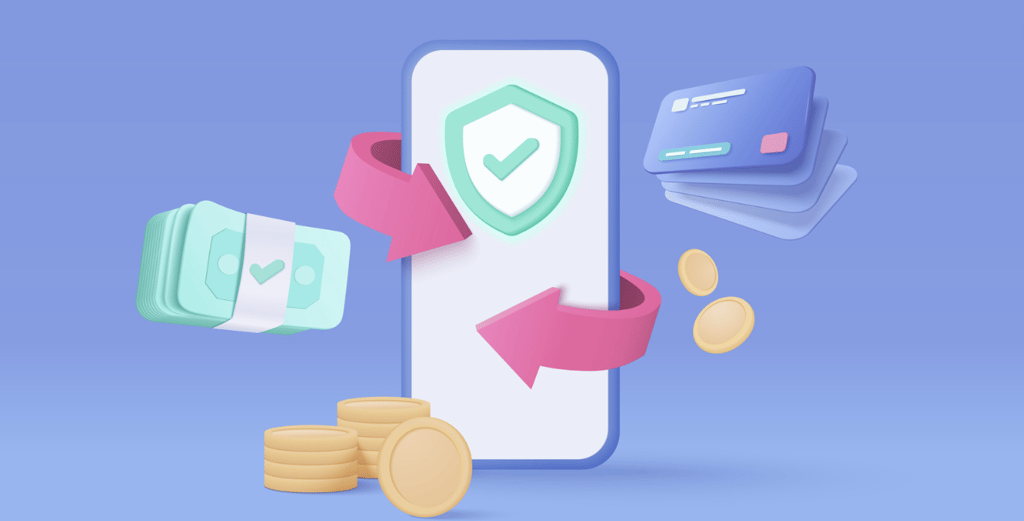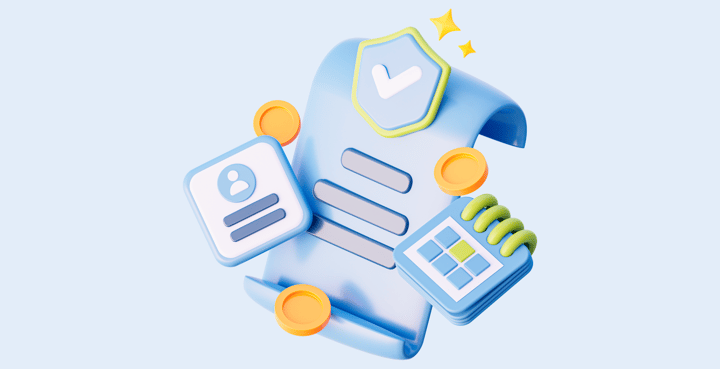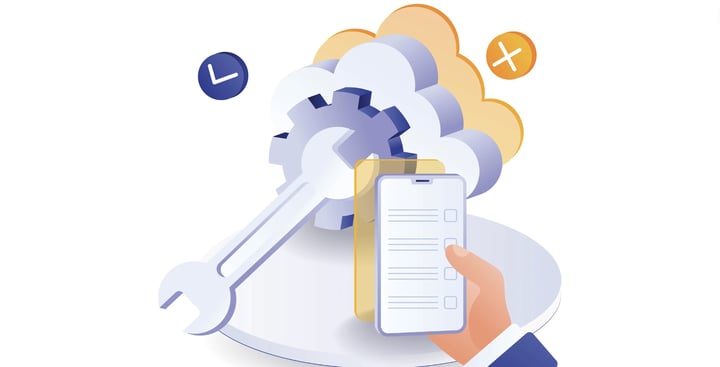Preventing Duplicate Invoices: Everything You Need to Know
Aug 2022

Navigating challenging economic conditions like the US recession and the EU economic crisis calls for a judicious approach to every investment made. It is paramount for businesses to be mindful of maximising returns and ensuring sustainable growth with every pound spent.
But Accounts Payables can contribute to company profitability. Data from APQC in 2023 shows that a fair ratio of annual disbursements are duplicate or erroneous payments and financial managers keep identifying duplicate invoices as their top payment challenge. With enough awareness, however, and the desire to act, these problems can be resolved.
Here, we explain how duplicate payments happen and how your AP team prevent them.
What are duplicate payments?
A duplicate payment or a duplicate invoice is an additional payment that a company pays to a vendor for the same purchase of goods or services. The basic way to mitigate this issue is to have operating procedures that clearly define the procurement process and identify each team’s responsibility.
When it comes to payments, it’s essential to ensure that the purchase order, receipt, and invoice always match.
What are the reasons for duplicate payments?
A duplicate invoice can occur due to several factors. It's crucial to address these issues promptly to prevent financial losses and maintain trust with your supplier.
Human error
Mistakes like submitting or processing the same invoice multiple times due to manual data entry or confusion in the payment approval process are very common. These payment errors are often unintentional and can result from oversight or miscommunication.
ERP system glitches
Technical issues or software malfunctions can cause double invoicing, even when users did not intentionally initiate duplicate invoice payments. These glitches can range from bugs in the payment system to errors during ERP system updates or ERP integrations.
Lack of verification processes
Insufficient checks or oversight mechanisms in place before any payment can contribute to double invoicing. Without proper verification steps, invoices may not be thoroughly examined to ensure they have not been paid previously, leading to unintentional duplicates slipping through.
Inefficient invoice management systems
Inadequate verification processes contribute to the problem, as invoices may not be thoroughly checked before payment.
This is especially true if there are no robust controls in place to identify and prevent duplicates. Moreover, inefficient invoice management systems can exacerbate the issue as disorganized tracking and storage make it difficult to identify if an invoice has already been paid. To address this problem, it is crucial to implement strong verification procedures and invest in reliable invoice management systems. These measures can automate accounts payable processes, provide clear visibility into payment statuses, and greatly reduce the chances of duplicate payments.
Lack of standardisation
For any system to work, rules have to exist. If a company doesn’t have standard operating procedures (SOPs), it’s easy for employees to feel confused and make mistakes. Not having a centralised database of invoices may make it hard for the team to determine which ones have been settled.
Relying solely on manual testing
Many organisations still rely on manual control testing to spot duplicate invoices and other issues. Yet, it may still be challenging to detect some mistakes – one may see 0 instead of O or read 12 instead of 21.
Multiple copies of invoices
Suppliers will send the invoice when goods or services have been provided. Many companies also send copies of the invoice after the due date as a reminder. This may cause Accounts Payable teams to think it’s a different invoice and pay it by mistake.
What's the best way to check duplicate invoices?
Several activities that are easy to implement can reduce the risk of duplicate payments and invoice fraud.
Consolidate and validate vendor data
The very first step is to ensure that you have accurate information for each vendor. Make sure that when setting up a new supplier, you collect all payment details and update them regularly.
Deactivate duplicate vendors
If one vendor exists in your system more than once, this is a high risk of duplicate invoicing, or even invoice fraud. Also, if you haven’t purchased and paid a vendor for more than a year, it indicates that this vendor should be deactivated or removed. These are some of the reasons for regularly checking and updating vendor lists and data, at least once a year, and removing double entries or inactive vendors if identified.
Data entry standardisation
Although it sounds logical, be sure not to improvise while entering data in a non-consistent way. For example, the supplier's name should be used exactly as it is, without any personalisation. To ensure consistency, create or use available forms that contain all required payment info, send them to the supplier, and have them fill in the gaps.
Tax information verification
Once you receive a filled form from the vendor, you are responsible for checking the accuracy of the entered data. Check all the tax info with the national tax institution at hand to ensure accuracy and smoothness in the tax return process.
Update payment data
For different reasons, it happens that companies change their company name, ownership, accounts etc. If you know such a change happened, ask the vendor to provide you with the latest information. This should be the vendors task, so make sure that data update responsibility is part of the agreement.
How can I prevent duplicate invoices?
One may assume they can rely on a vendor’s goodwill to report and return the payment when a duplicate one is made; however, this is rarely the case. Spending time on prevention and organisation is better than spending extra time and money fixing the issue.
Maintain a centralised database
Setting and maintaining a centralised database that contains all information about invoices and vendors is a must! It will ease the work of all employees and make it easy to track what has already been paid. Another way is to implement consistent labels and markers to clarify any confusion.
Speak to your vendors
Vendors often send bills through all available options – mail, fax, and email. Sorting bills from different sources will only cost you more time and effort. So, communicate with vendors clearly – tell them to send the invoice through one of the options.
Ask your vendors to avoid sending duplicate copies, as doing so can cause a delay in payment.
Xelix Transactions module: The AI solution to duplicate invoices
Advanced invoice intelligence softwares can help optimise invoice management, from automating processes to spotting payment risks and detecting duplicate payments. Remember that a basic ERP may not be as effective as AI-based softwares.
No matter if the mistake made is driven by people or automated systems, our Transactions module helps you reduce bad practices, accurately automate your Accounts Payable processes and prevent duplicate payments from happening. Our platform flags any deviation and identifies discrete duplicate invoice postings, automatically and at scale.
Prevent overpayments and duplicate invoicing, minimise false positive and fraud risks, and manage your duplicate payments like a pro – please reach out us for more assistance and book a demo to see our module in action.
Content that may catch your eye






